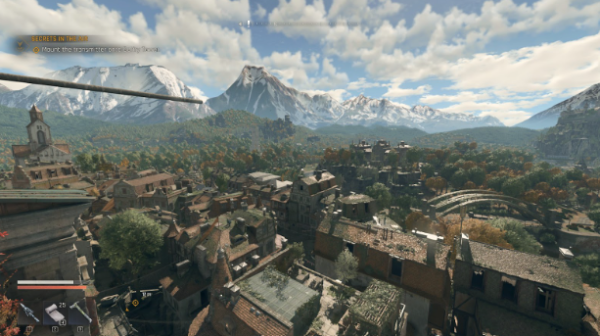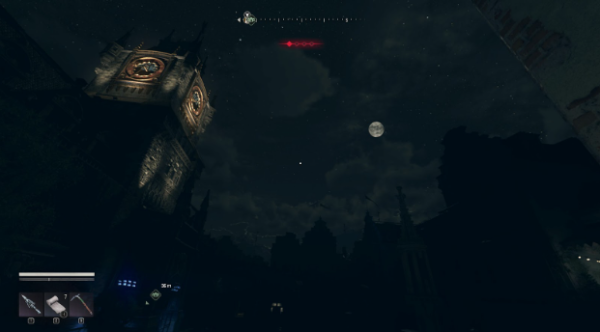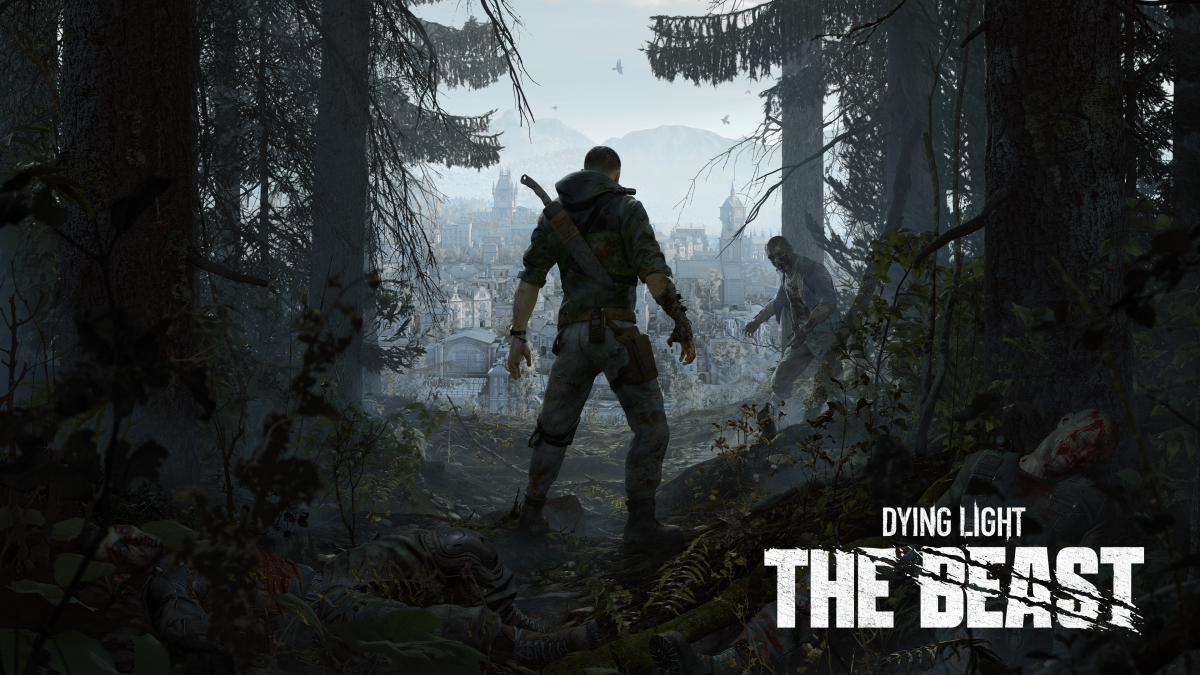Dying Light is a series that often gets overlooked when discussing horror games. Debuting in 2015, the first game was met with critical acclaim. Set in the infancy of a zombie epidemic, the player assumed the role of Kyle Crane, an agent deployed to the city of Harran to gather information about the disease and report back to the GRE, a humanitarian group looking to develop a cure. The story wasn’t perfect, with several cliches and lapses in logic, but despite this, the game delivered a fantastic open-world sandbox experience that very few titles have been able to replicate. One of the greatest strengths of the game, however, was its unparalleled atmosphere. Running through the slums of an abandoned city as the sun slowly dips below the horizon evoked incredibly real and bleak emotions. Nothing could match the feeling of dread instilled by the electronic beeping of Crane’s wrist watch indicating that night was falling, or the screams of Volatiles echoing down alleyways while desperately trying to make it to safety. These moments, often paired with the sun’s orange glow bathing the city and the stellar soundtrack by Paweł Błaszczak, were fundamentally tied to the game’s identity. It was truly a horror experience like no other, rendering the player feeling helpless, vulnerable, and utterly alone.
Unfortunately, the highly anticipated 2022 release of Dying Light 2: Stay Human lost much of what made the first game great. While not a bad game by any means, it was undeniable that it failed to capture the same atmosphere that made the original so terrifying. While some aspects of the game were direct upgrades, such as the increased graphical fidelity and the newly expanded parkour system, many fans felt disappointed by the final product. Due to a tumultuous development cycle filled with layoffs and misconduct allegations, the creative control of the game shifted hands midway through its creation, which caused the story to feel convoluted and disjointed. This combined with a significant content downgrade from what was seen in the game’s reveal trailer left many players unsatisfied. While updates were pushed in the years following its release to address many of the community’s complaints, even after being “fixed” the game has issues. Because of the rough launch of the previous entry, I had my doubts when I heard about the release of a third title, Dying Light: The Beast, on September 18 of this year. Luckily, my fears were unfounded, and The Beast successfully captured the unique identity that the game is known for.

The Beast focuses on Kyle Crane (voiced by Roger Craig Smith), who recently escaped from thirteen-years of captivity instituted by “The Baron,”, a megalomaniacal scientist who is experimenting with the virus. More than a decade of biological manipulation has left Crane far stronger than ever before, with the virus boosting his strength and endurance. Finding himself in the fictional setting of Castor Woods, he must regain his strength and formulate a plan to permanently put an end to the Baron’s reign over the area. While plotlines in the franchise have never been its highlights, The Beast actually provides a solid story, and I found myself enjoying it far more than any of the previous narratives. There were several incredibly shocking moments throughout that I had not expected, and while the dialogue is still a bit campy, the overall tone of Crane’s journey is more gritty than I anticipated.

The gameplay and parkour are once again phenomenal, with many of Stay Human’s mechanics carrying over and several new features being added as well. The town and surrounding forests of Castor Woods look beautiful, with traditional European architecture and rustic trails blending together cohesively and providing plenty of interesting free-running opportunities. Much like the first game, the defining feature of this entry is the horror atmosphere. Unlike most other titles in the survival horror genre, The Beast doesn’t rely on jumpscares to scare its players. While not identical to the atmosphere of the first game, its ambience manages to elicit similar feelings of isolation and desperation that elevate the experience: Nights are once again incredibly dark, reverting a decision made for the second entry, and the sound design is impeccable. Being out after dark, whether you are in the city or the outskirts, is a risky practice, and one that provides a hefty reward if survived, awarding the player with double experience points for every action completed before dawn. Hearing the crack of branches snapping in the distance and the rustling of leaves when passing through the woods at night never failed to set my teeth on edge, and the feeling that you are not alone is omnipresent throughout the game. Performance-wise, the game runs fairly smoothly on my mid-range system, and I kept a consistent sixty frames per second throughout most of my playthrough.

Overall, Dying Light: The Beast is a fantastically scary game that simultaneously acts as a return to form and a new beginning for the franchise. Whether you are a longtime fan of the series or someone just looking for a great survival horror game, you’ll find something to love about The Beast.


